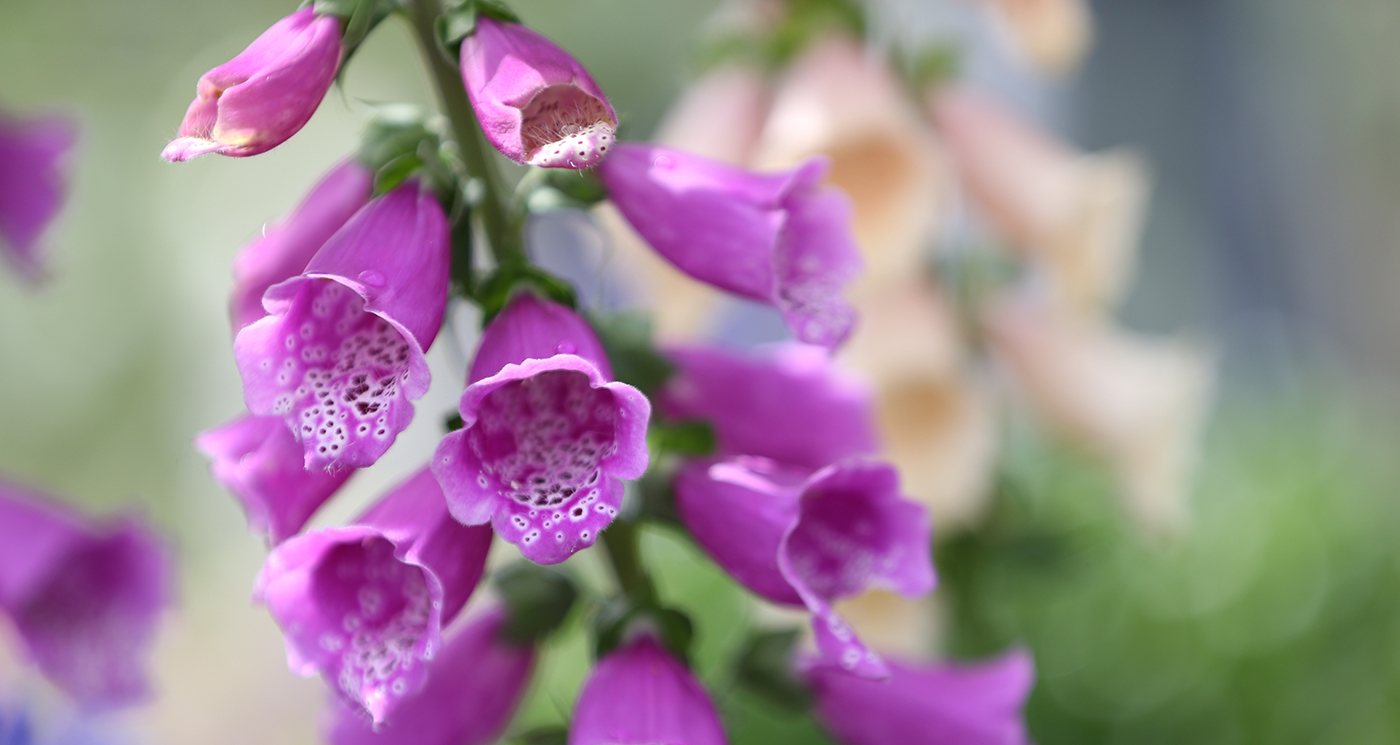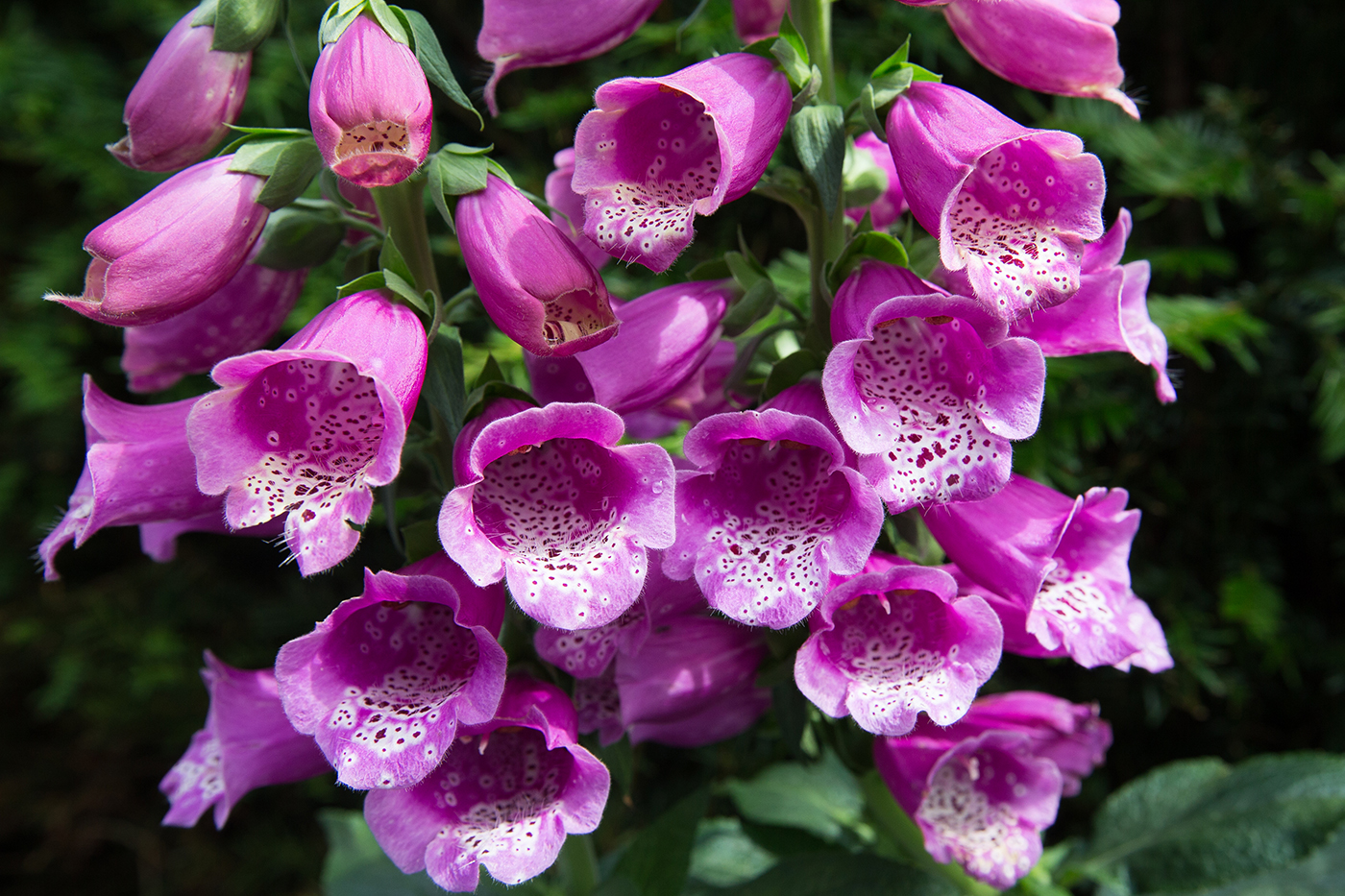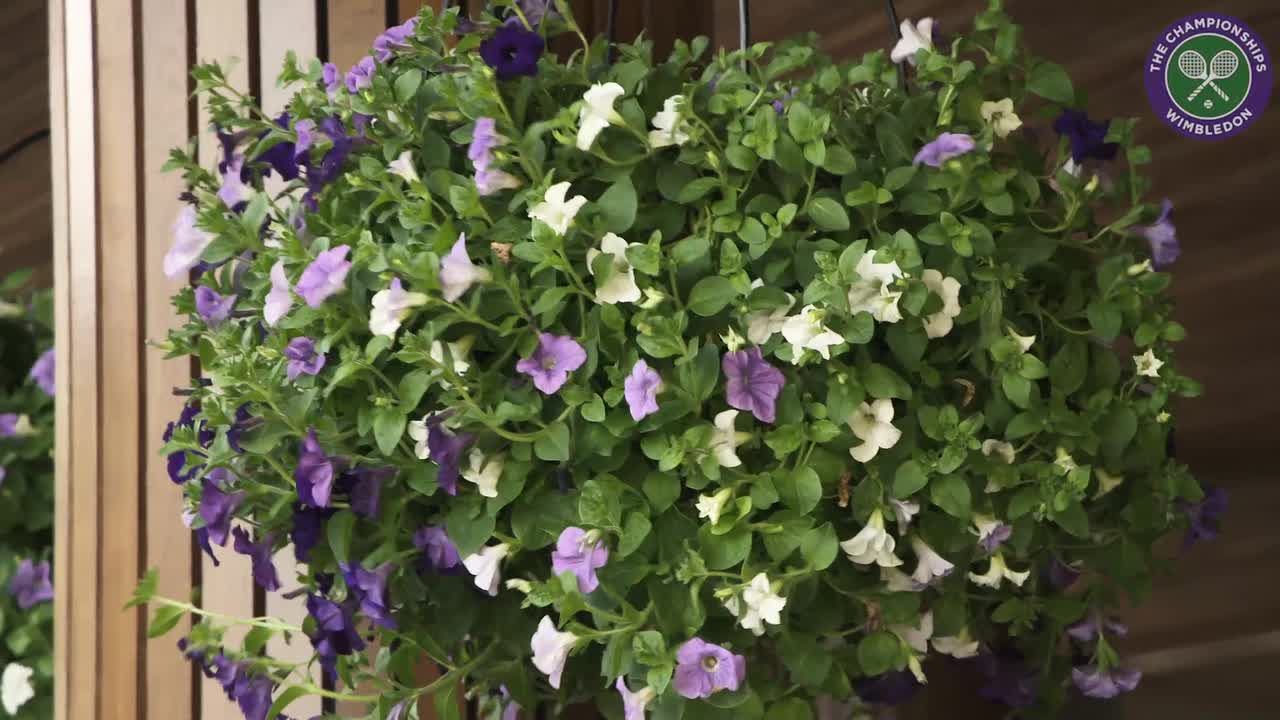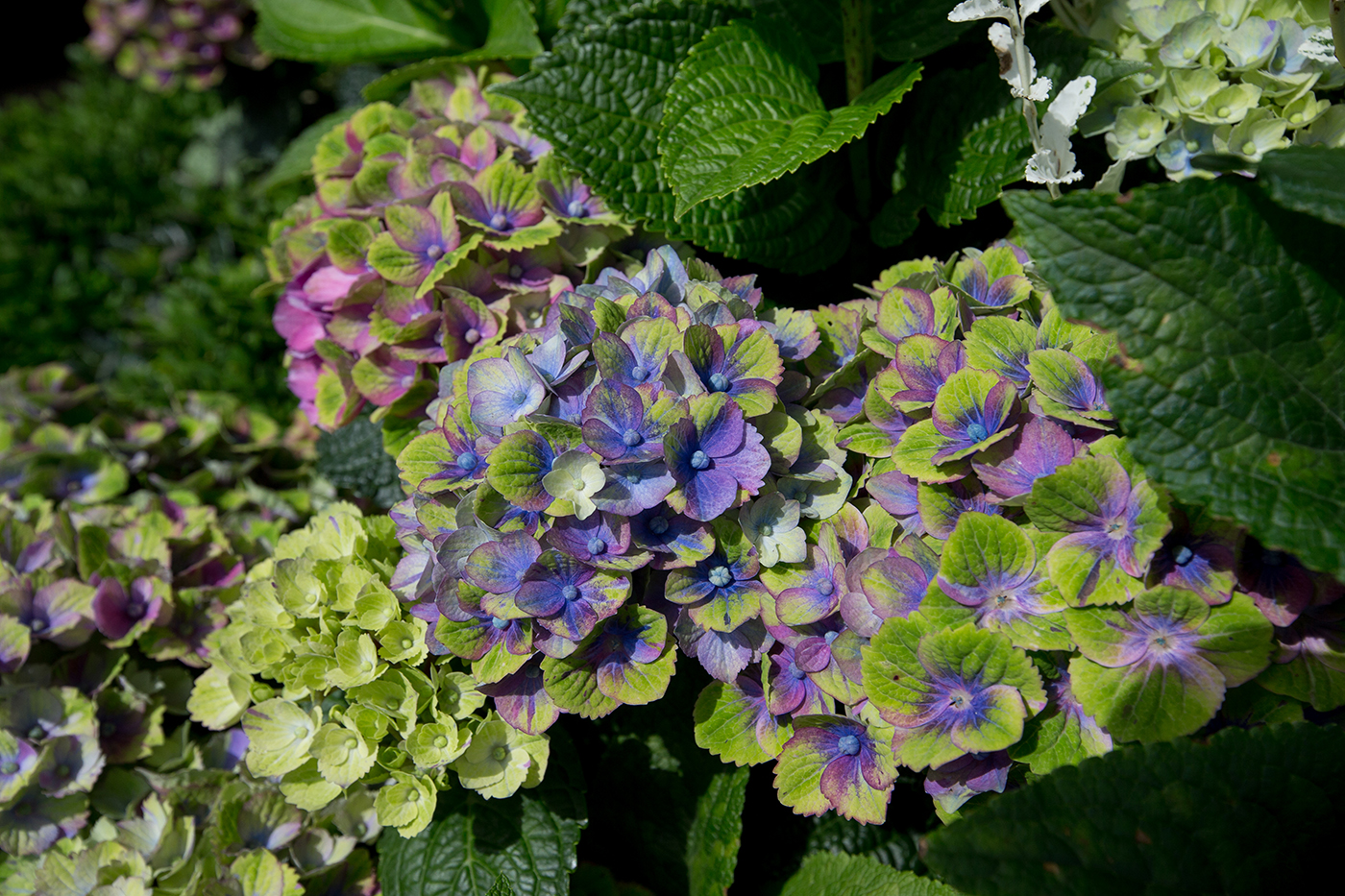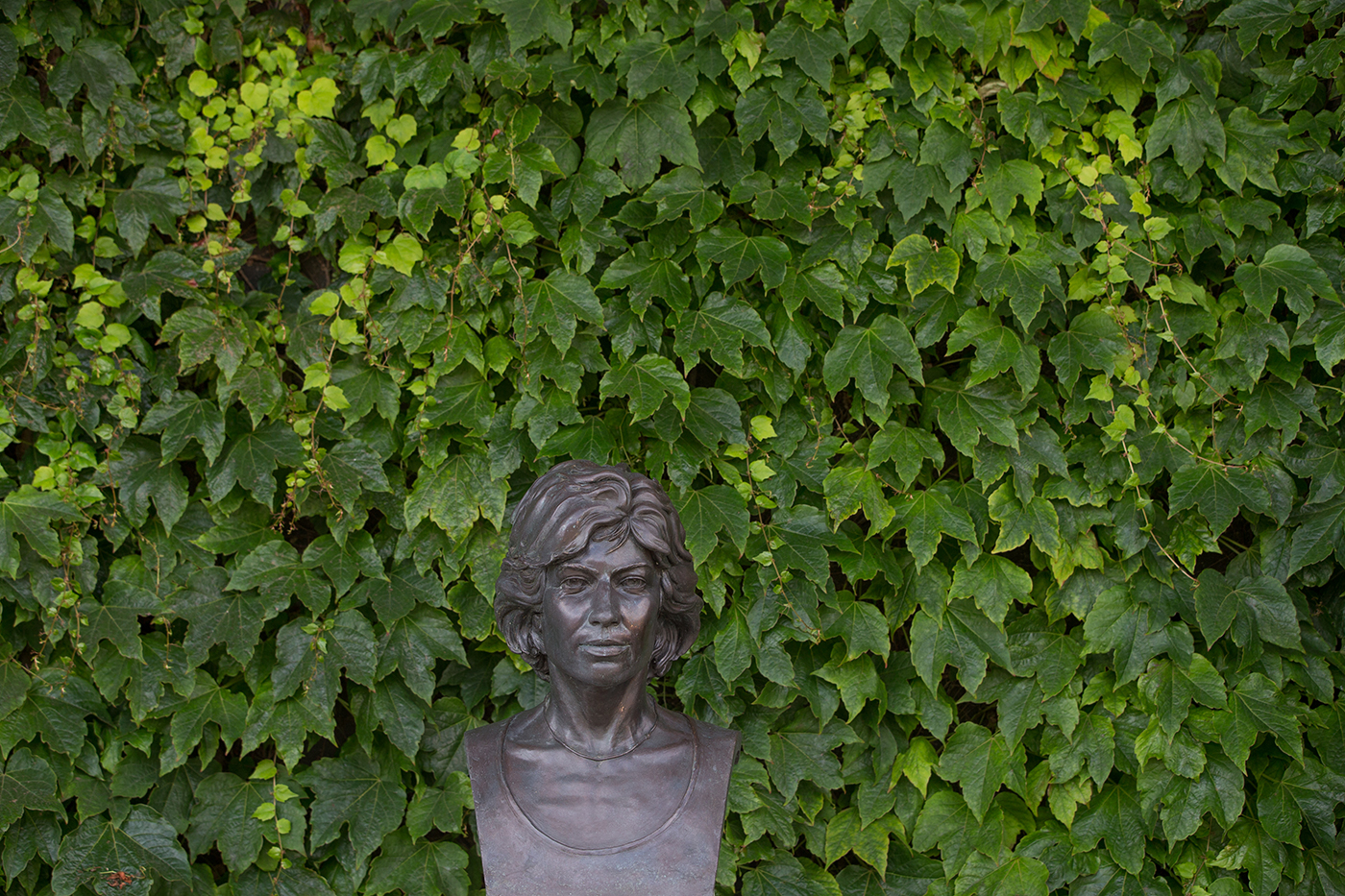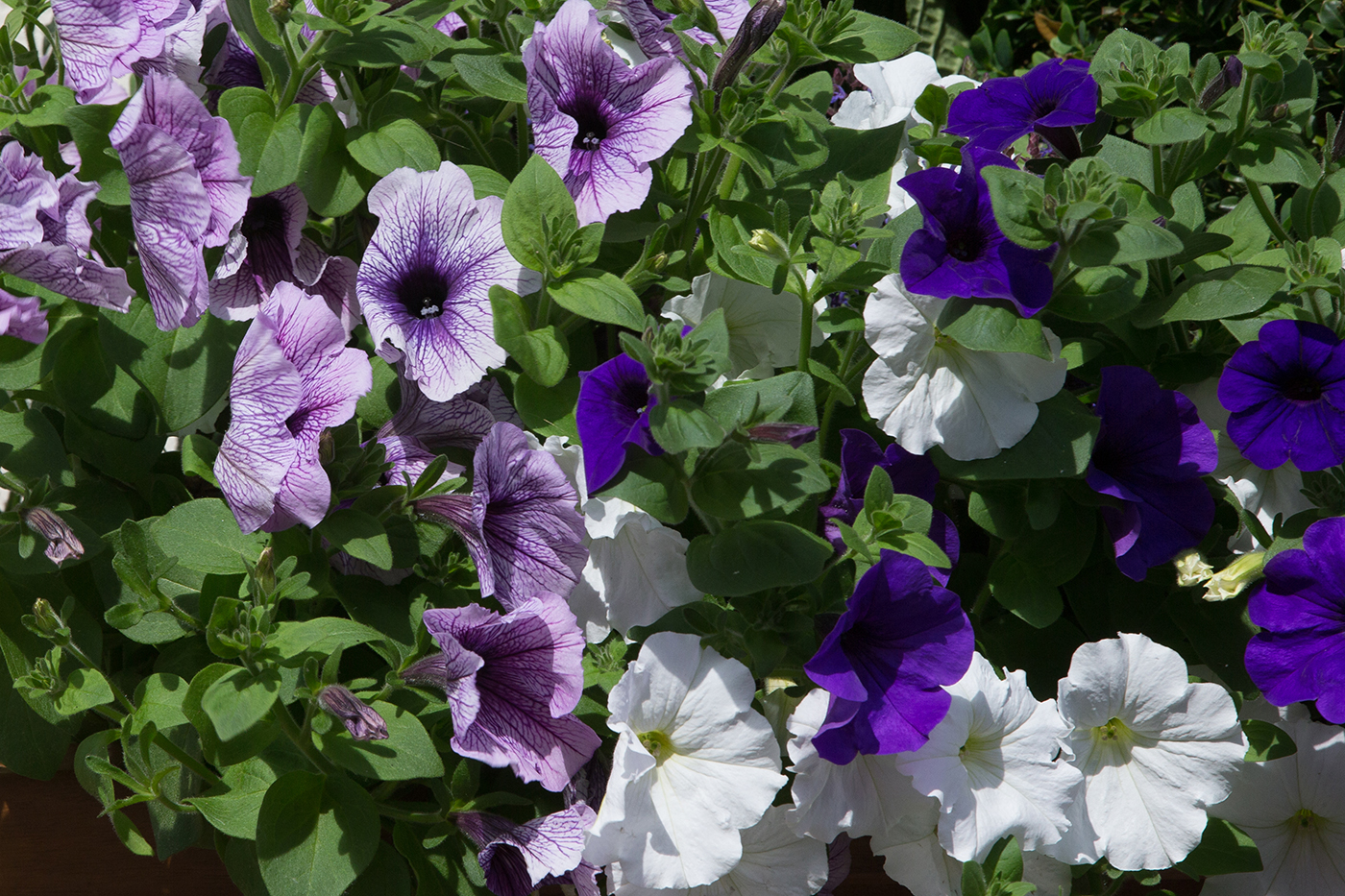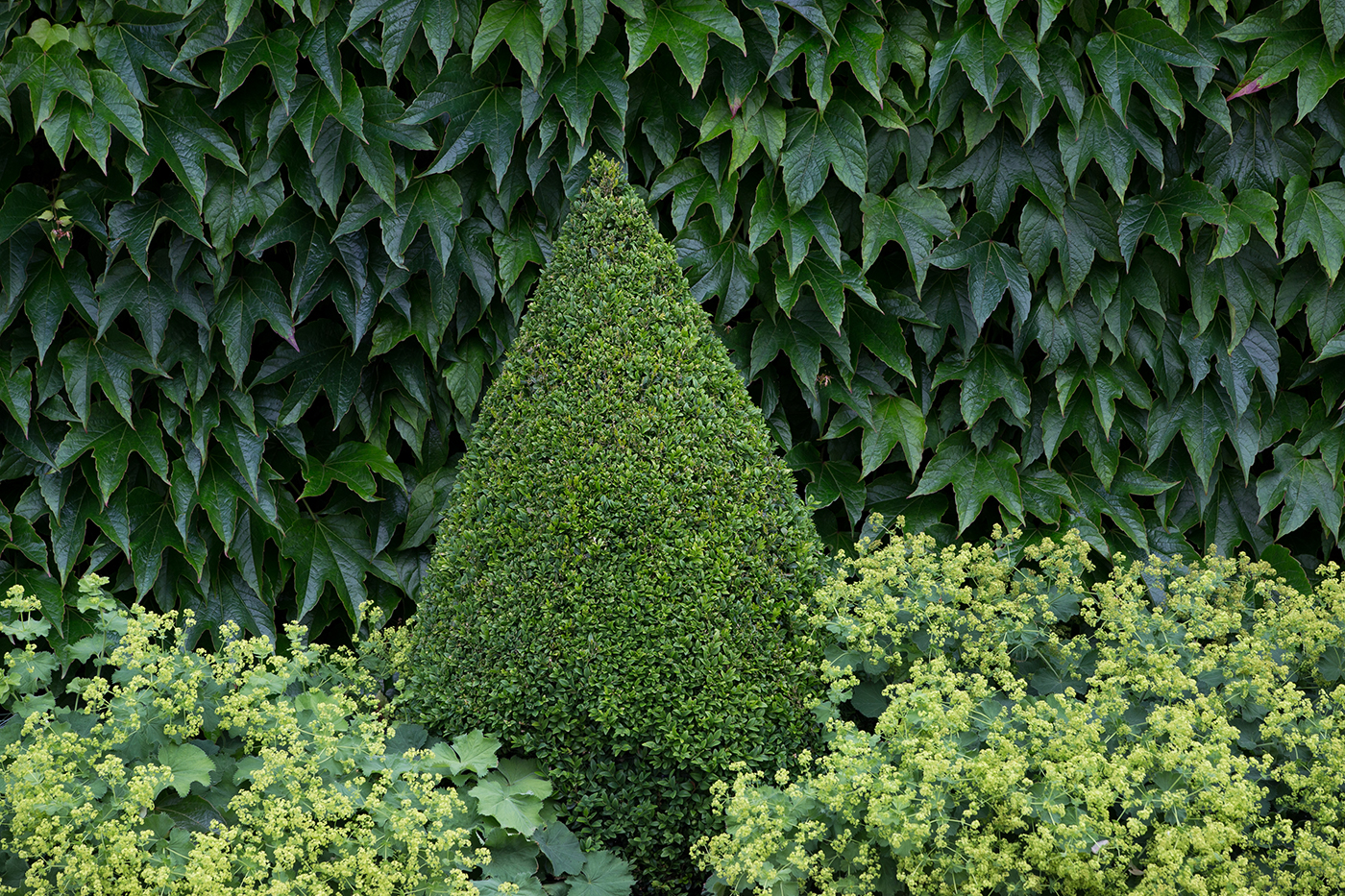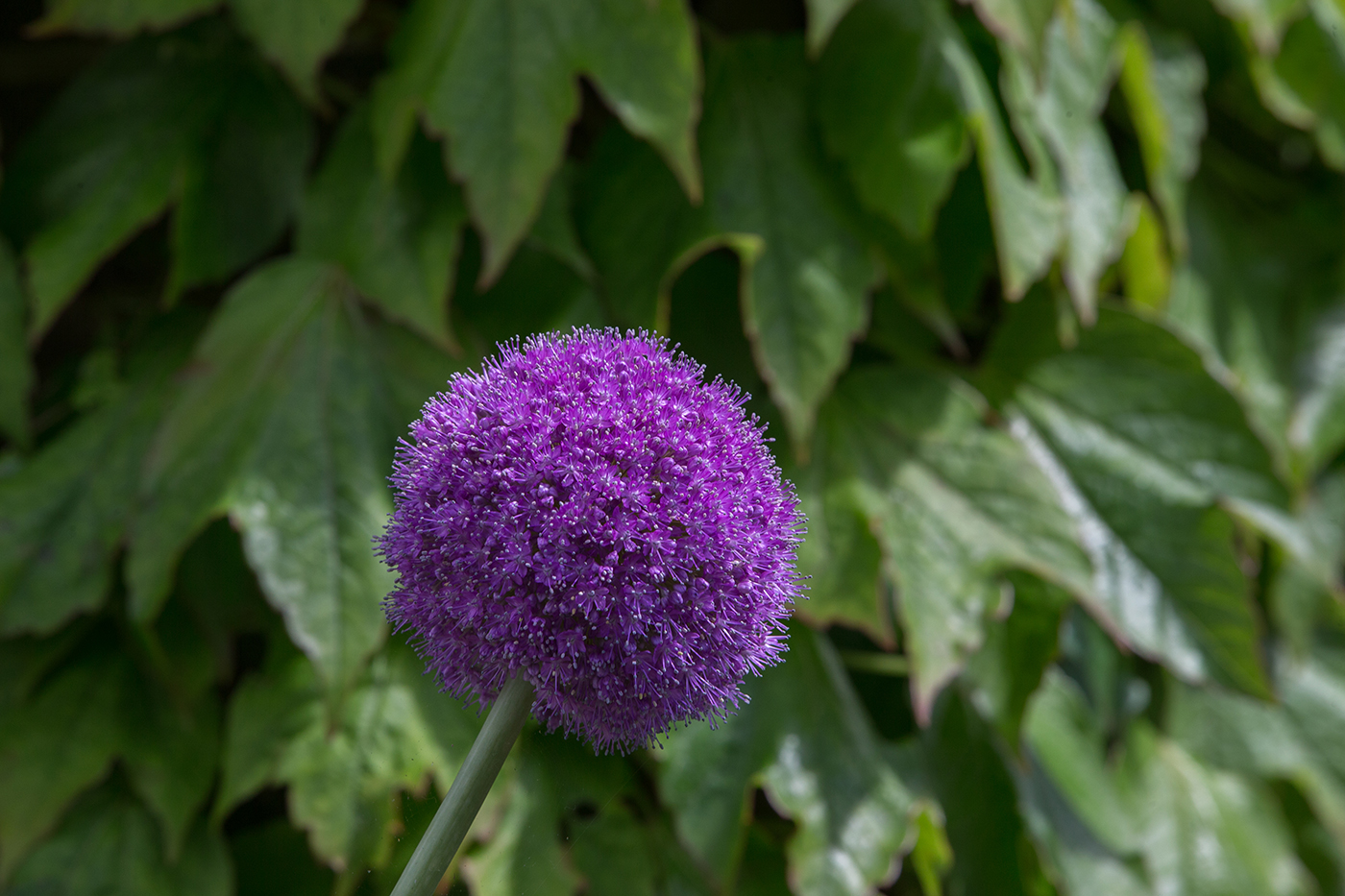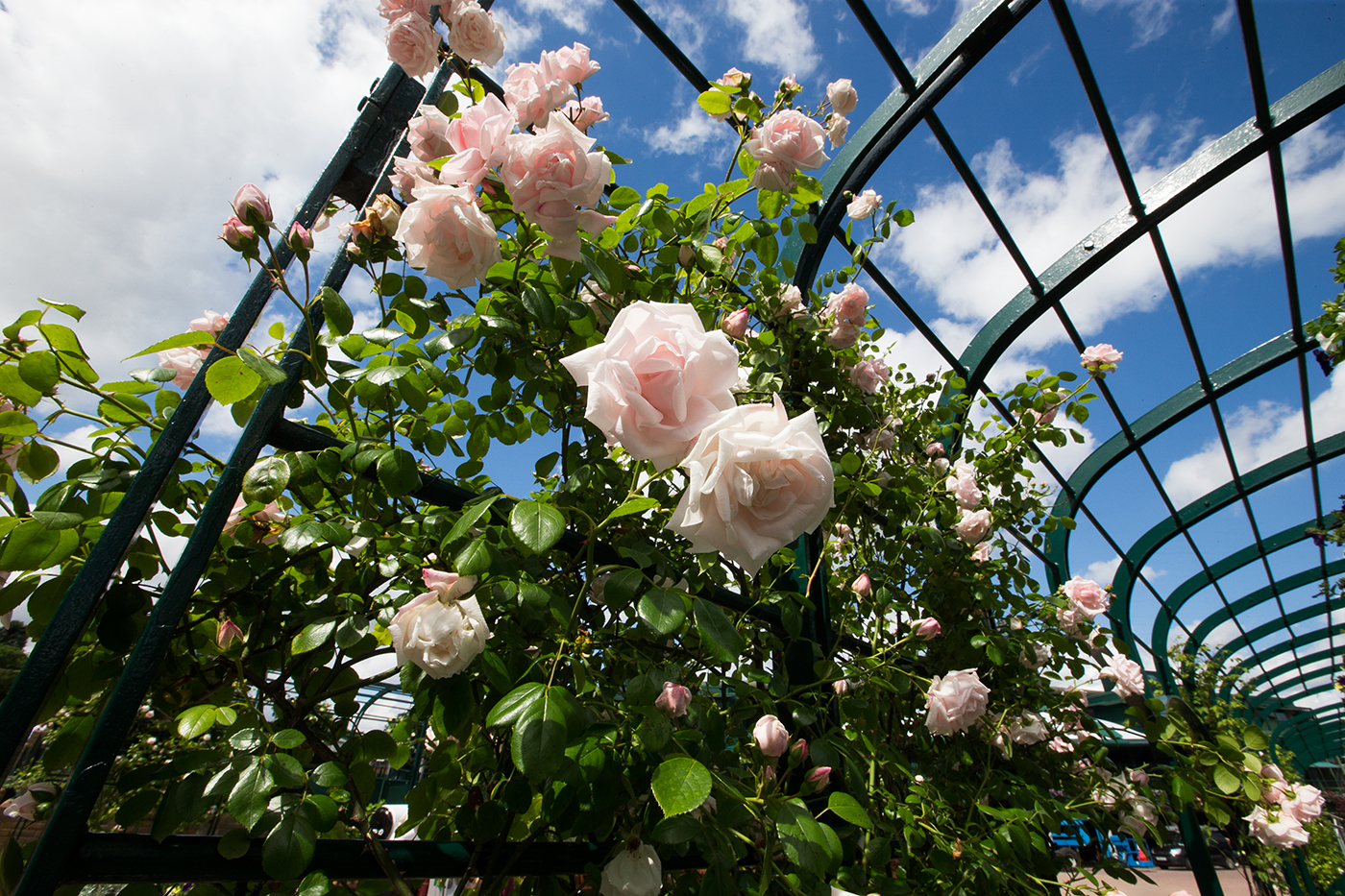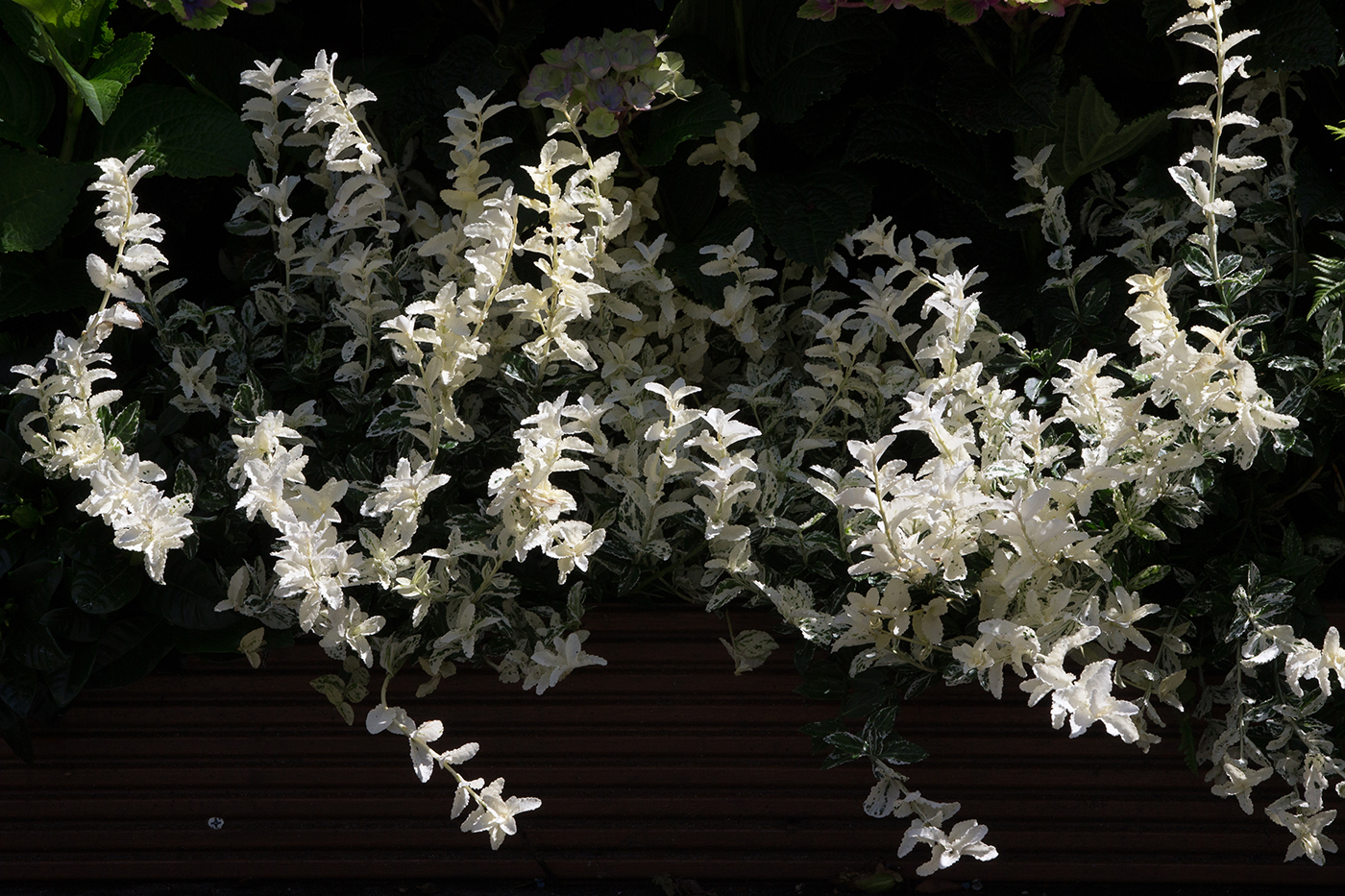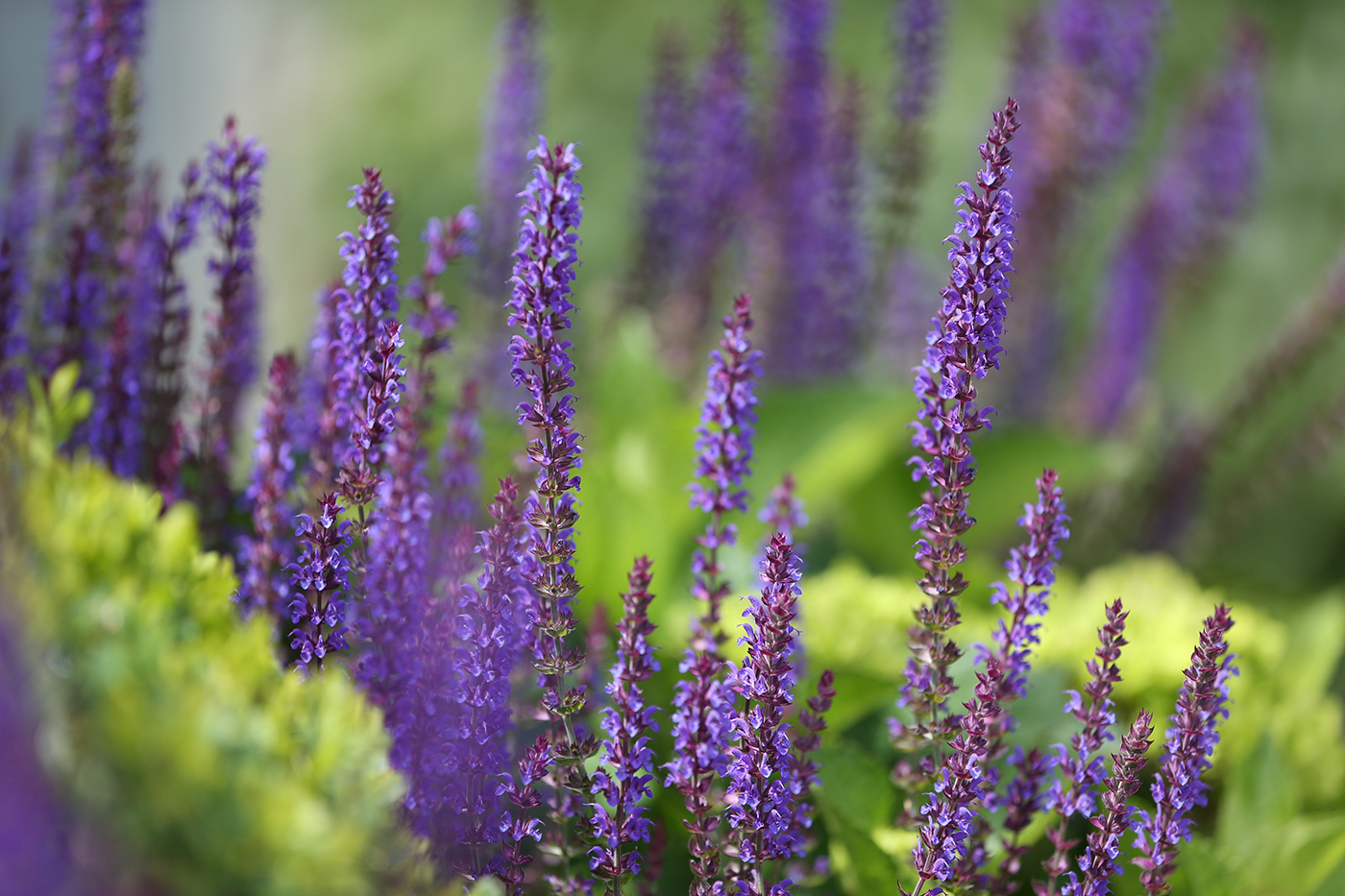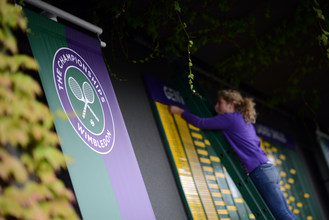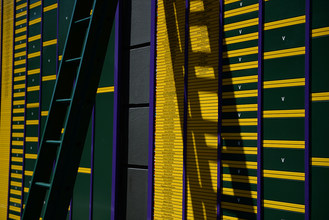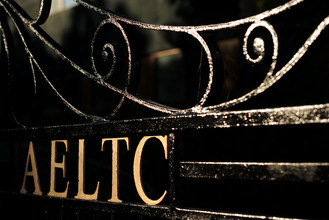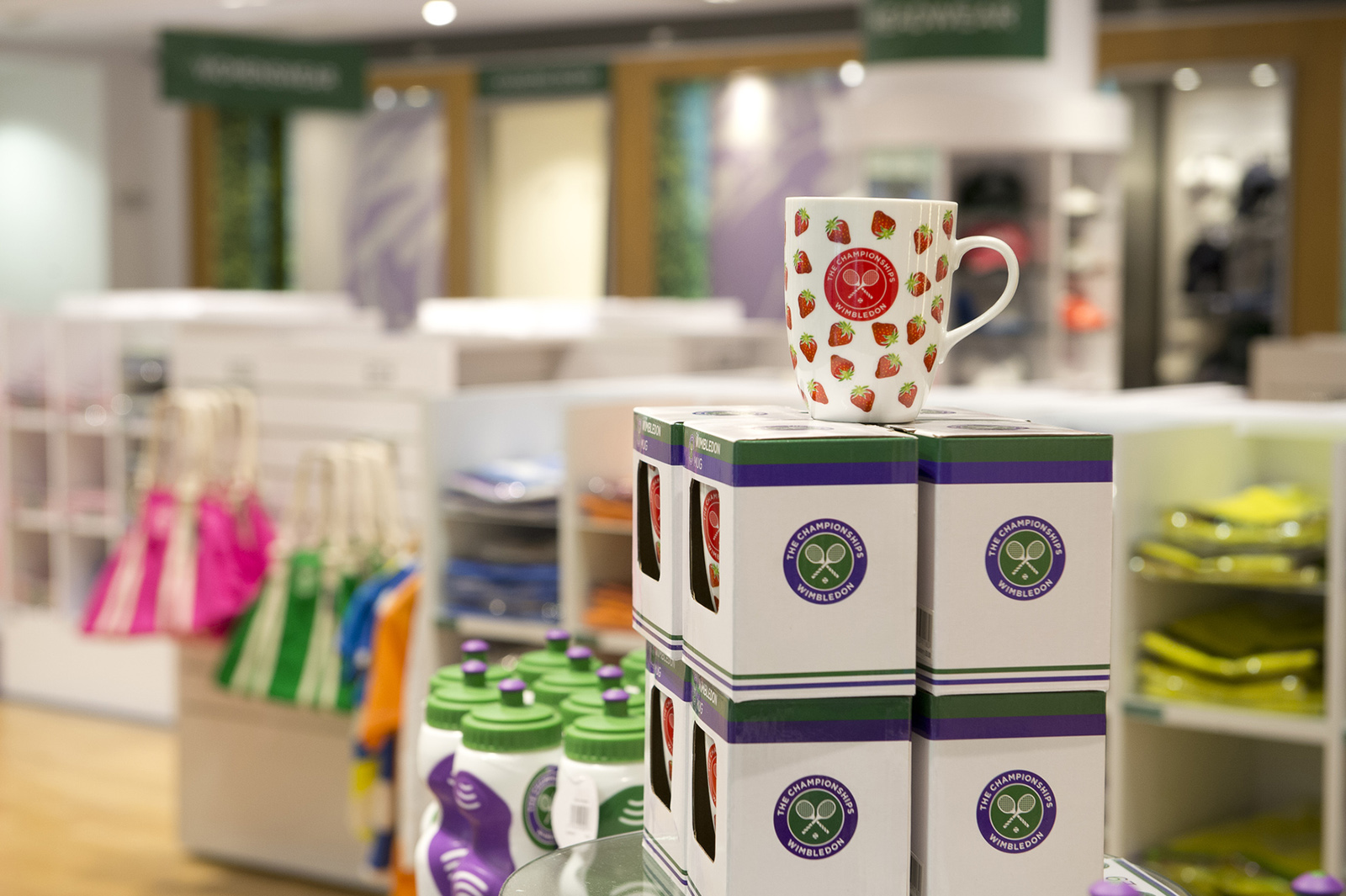Follow the latest news and scores from Wimbledon 2016 on Wimbledon.com or Apple TV, or download the official IOS or Android apps for smartphone and tablet.
Martyn Falconer, the AELTC Head Gardener, knows all about seeds, blossoming talent and rampant climbers. In this series he nominates his Plant of the Day.
Once upon a time, the sight of a yellow or bright pink flower in the showcase beds around the All England Club would have merited a dress code violation, but the emphasis on the theme of an English Country Garden means that Head Gardener Martyn Falconer has had the freedom to add some pastel splashes to the traditional palette of purple and white blooms.
Enter the foxglove, also known as digitalis. There are 550 examples of this quintessential cottage garden flower to be found around the grounds, planted as if they have just popped up naturally as they do in the wild. The flowers are produced on a tall spike and come in a range of soft creamy yellows, pale and deep pinks and vibrant purple. Some also possess various marks and spotting.
“They grow to a height of two to three feet, and we have introduced them with lupins in the last few years to soften up the look,” says Martyn.
“Softening up the look” makes the foxglove sound all warm and cosy. According to folklore and a website called Witchipedia, the flower has numerous magical attributes and a long association with witchcraft. You plant foxgloves where you want to invite faeries to visit. The dew collected from its bell-shaped flowers is used in a ritual to commune with the faerie world and the leaves are said to help break faerie enchantments.
But the species has lethal properties. Most of us have grown up with warnings not to touch the plant, which is common both in the garden and in the wild. All parts are poisonous, including the roots and seeds. Its extreme toxicity gives it the potential to kill in small amounts. As such it features as a murder weapon in myriad television dramas and in crime literature. Agatha Christie chose it as the fatal instrument in Appointment with Death and the American best-selling thriller writer Elizabeth Peters employed it in Die For Love. It has been the weapon of choice in various episodes of CSI, Colombo and Murder She Wrote.
The toxicity is due to the presence of digitoxin - a compound which disrupts the function of the heart. Conversely, digitoxin is also the source of medication that can regulate the pulse and has saved hundreds of thousands of lives since its discovery in 1775. An old saying about foxglove goes: "It can raise the dead and it can kill the living.”
Down the centuries, the foxglove has been given a host of names reflecting how its powers have perennially caught the imagination: Fairy Caps, Fairy Gloves, Fairy Thimbles, Fairy Herb, Fairybells, Fairy-fingers, Goblin Gloves, Fairy Petticoats, Fairyweed. The scientific name ‘digitalis’ means ‘finger-like’ and refers to the way in which each tubular flower can be fitted over a human fingertip. The ‘fox’ element of its common name is harder to ascribe, though some believe it comes from a Scandinavian legend that says the faeries taught foxes to ring foxglove bells to warn each other of approaching hunters.
The All England Club is a venue where magic is conjured from rackets and balls and the action never fails to be spell-binding. And who knows what mystical forcefield those 550 witchy foxgloves help create?



